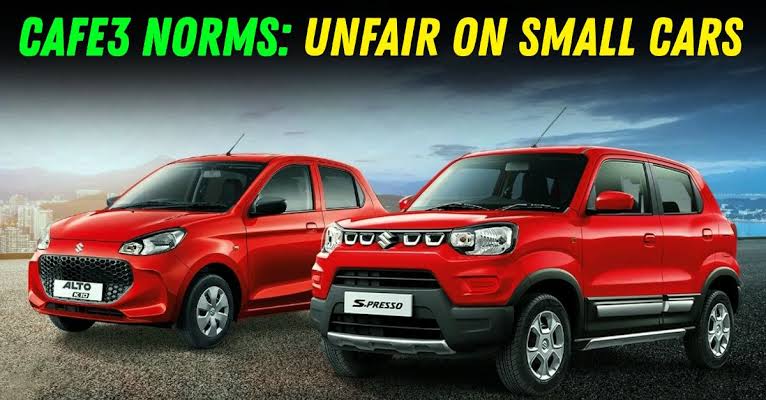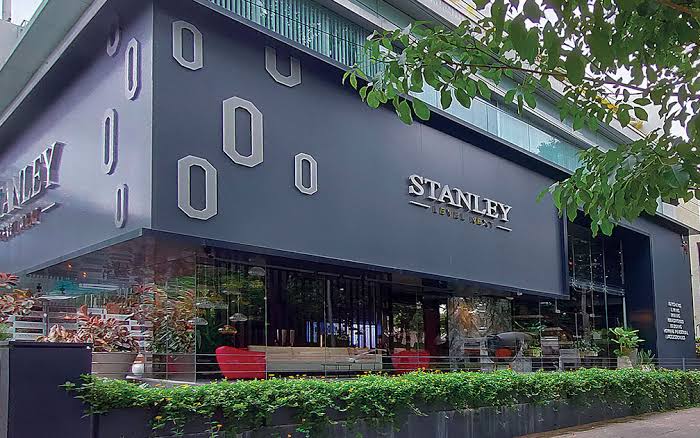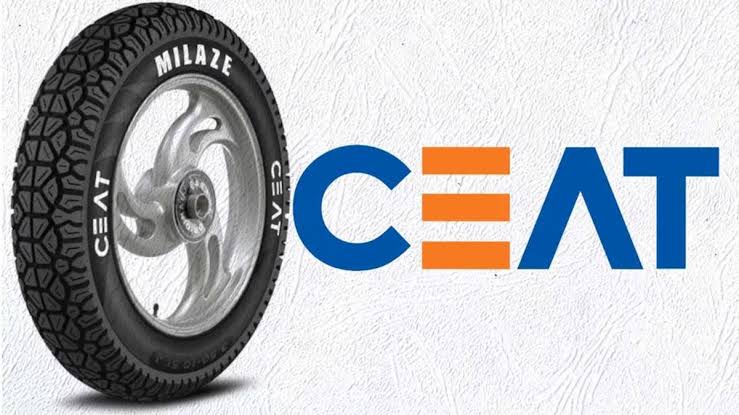 Image Source: Cartoq
Image Source: Cartoq
India’s auto industry is grappling with a regulatory riddle as the government prepares to roll out CAFE-III norms in April 2027. These Corporate Average Fuel Efficiency standards aim to reduce fleet-wide carbon emissions, but their weight-based formula may unintentionally penalize small, fuel-efficient cars.
Key Points Driving the Debate
- CAFE norms set average CO₂ limits based on vehicle weight. Heavier cars get relaxed targets, while lighter ones face stricter thresholds.
- Maruti Suzuki, India’s largest small car maker, argues this system unfairly punishes compact models like Alto and WagonR, which already emit less CO₂.
- Under CAFE-III, emission limits will tighten from 113 g/km to around 91–95 g/km, making compliance harder for lightweight vehicles.
Industry Fault Lines
- Maruti seeks differentiated norms for small cars, citing their environmental and economic efficiency.
- Rival automakers like Tata Motors and Mahindra oppose exceptions, warning of competitive imbalance and diluted climate goals.
- The government is reconsidering its draft after pushback, especially on vehicles under 1,000 kg.
Socioeconomic Implications
- Small car sales have plummeted due to rising costs and regulatory pressure, shrinking their market share from 47% to under 28%.
- With only 10% of Indian households owning cars, stricter norms risk excluding millions from affordable mobility.
- Experts warn that without reform, manufacturers may abandon the segment, pushing consumers toward costlier SUVs or unsafe two-wheelers.
Sources: Finshots, Policy Circle, Cartoq, The Indian Express, Nomura Research
Advertisement
Advertisement








